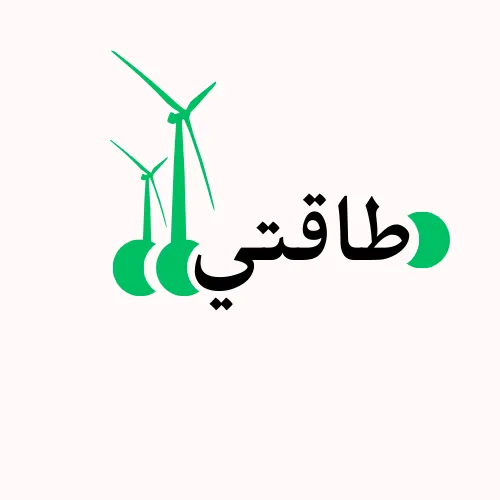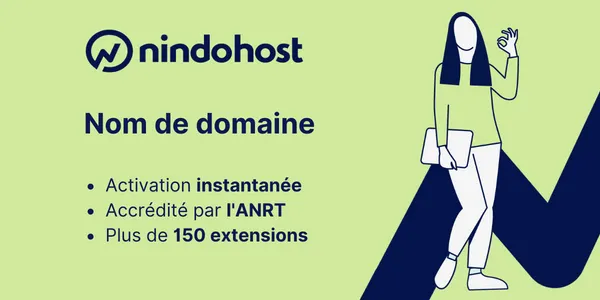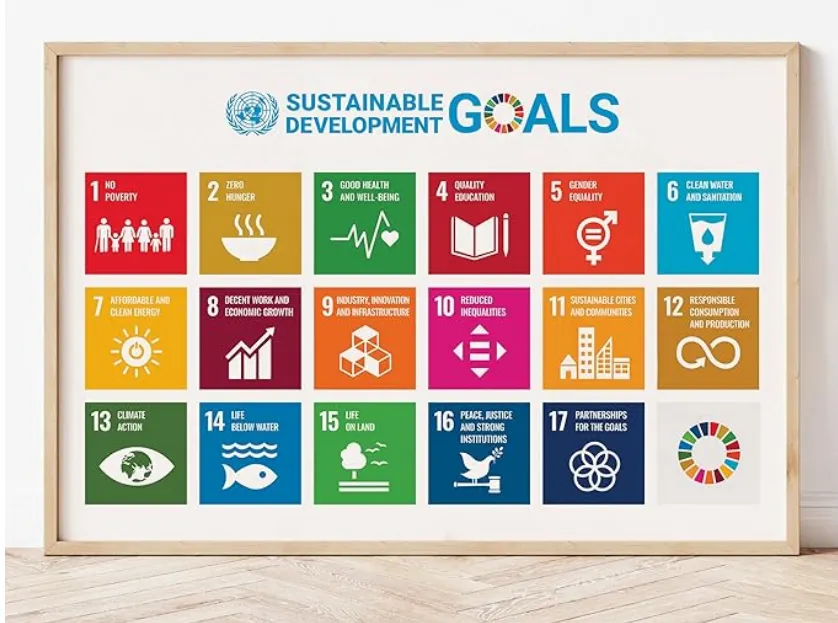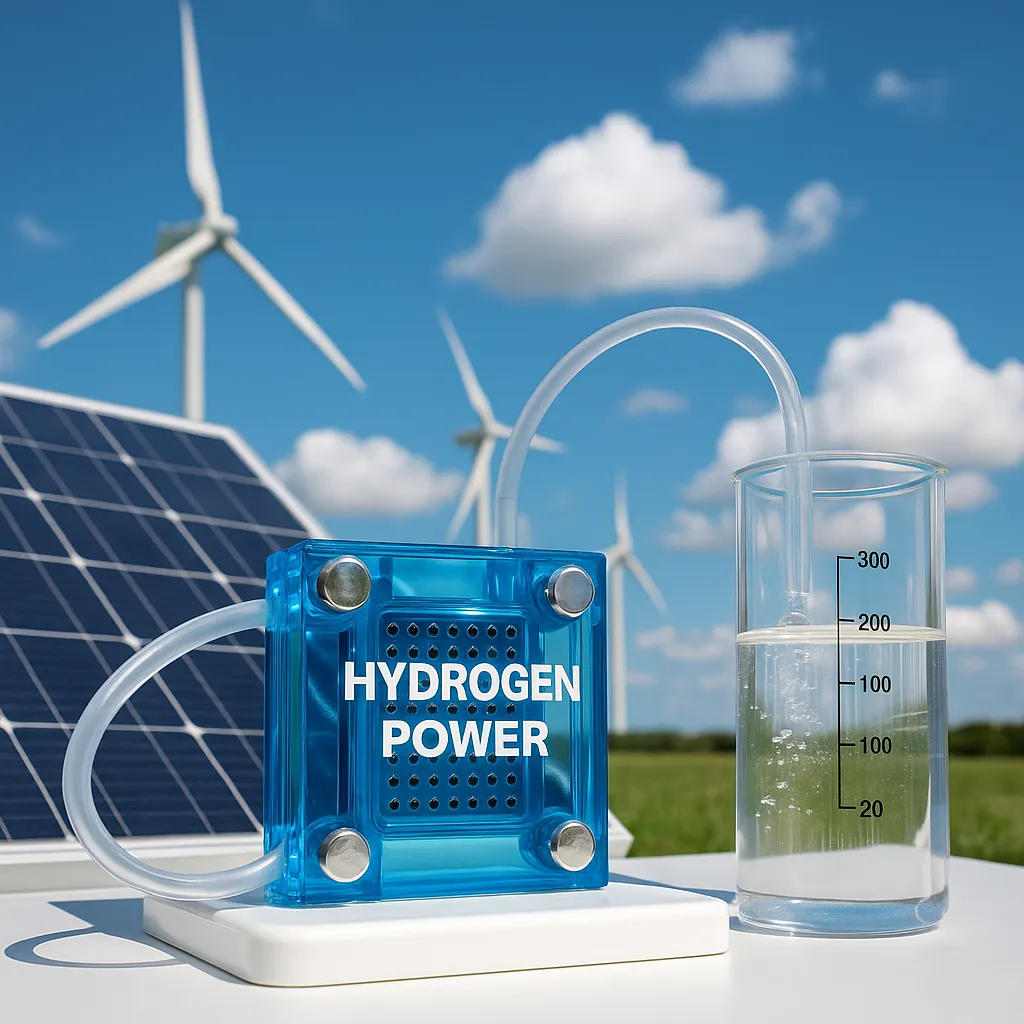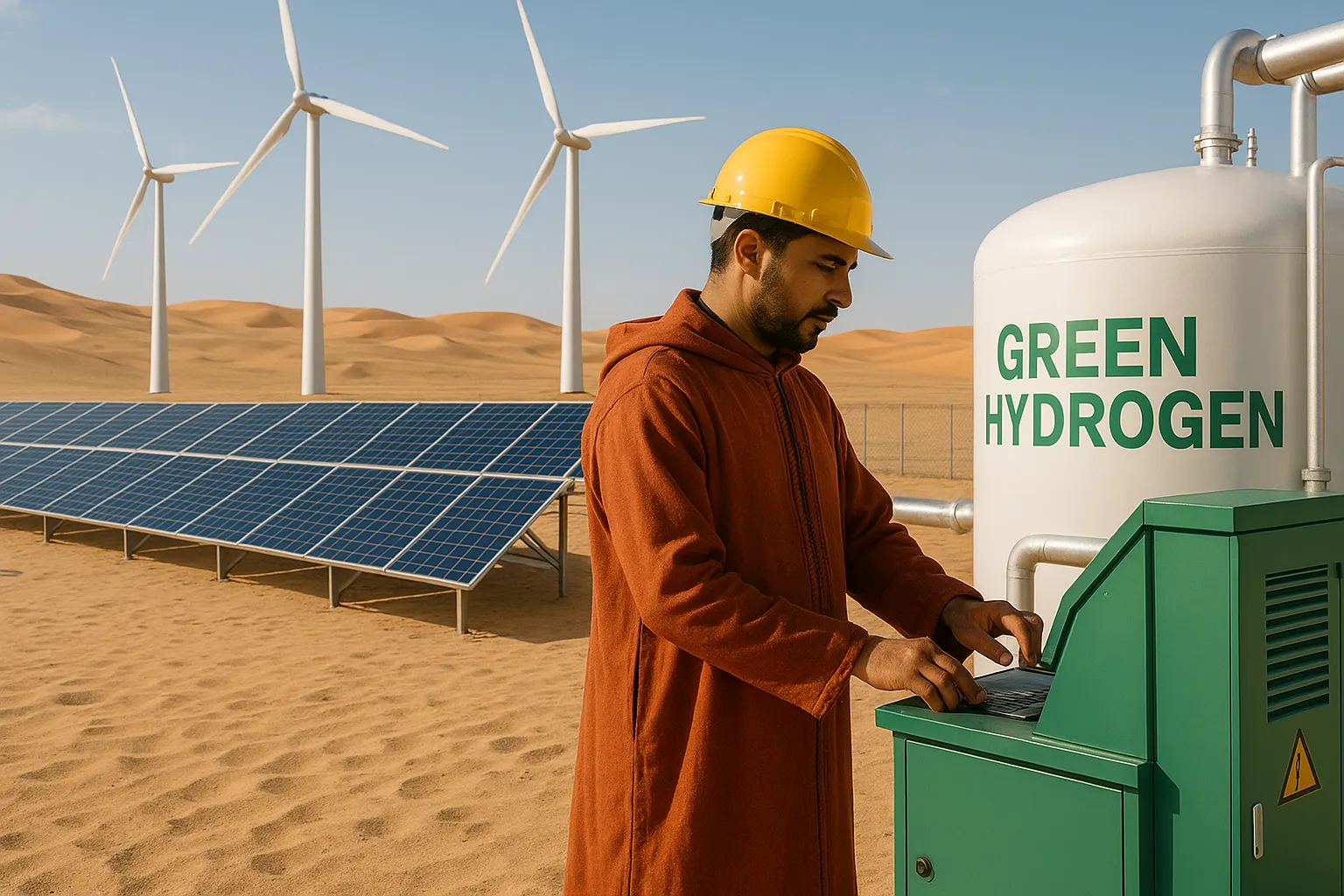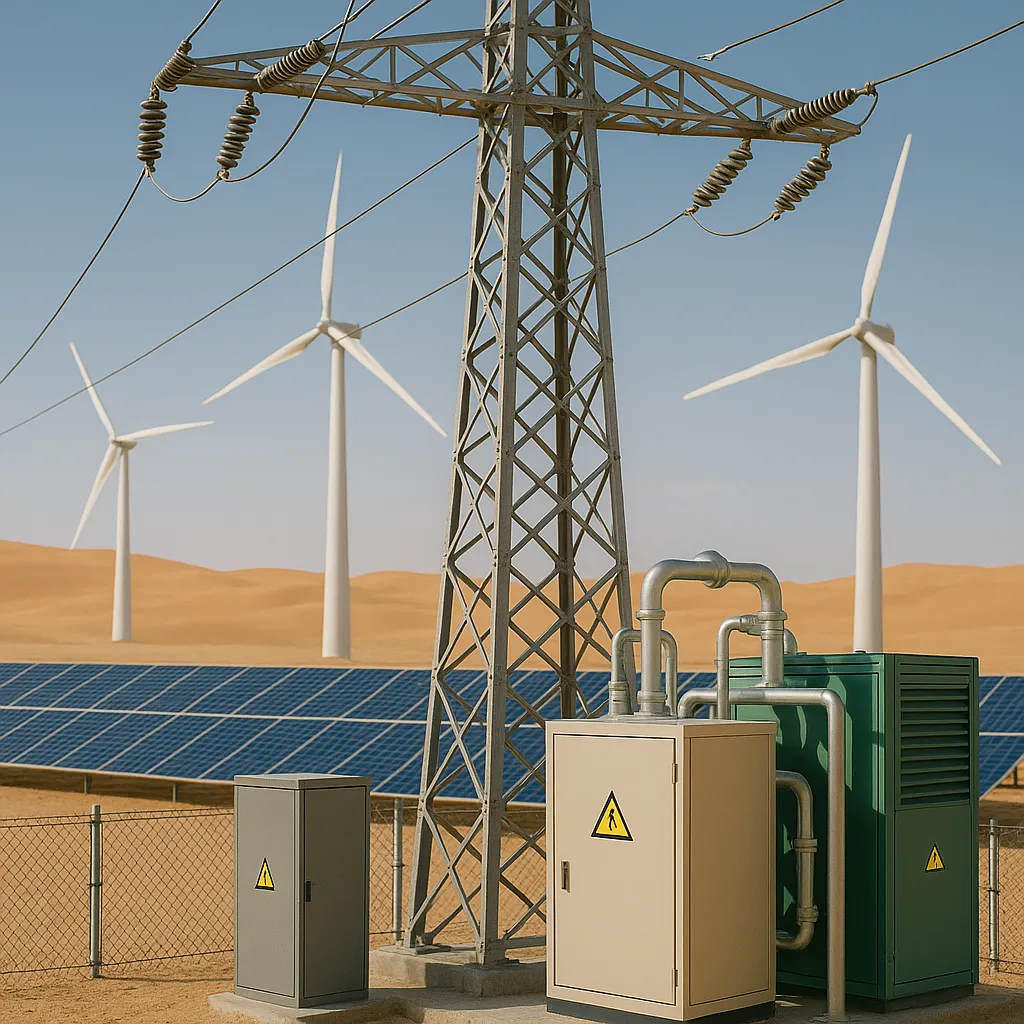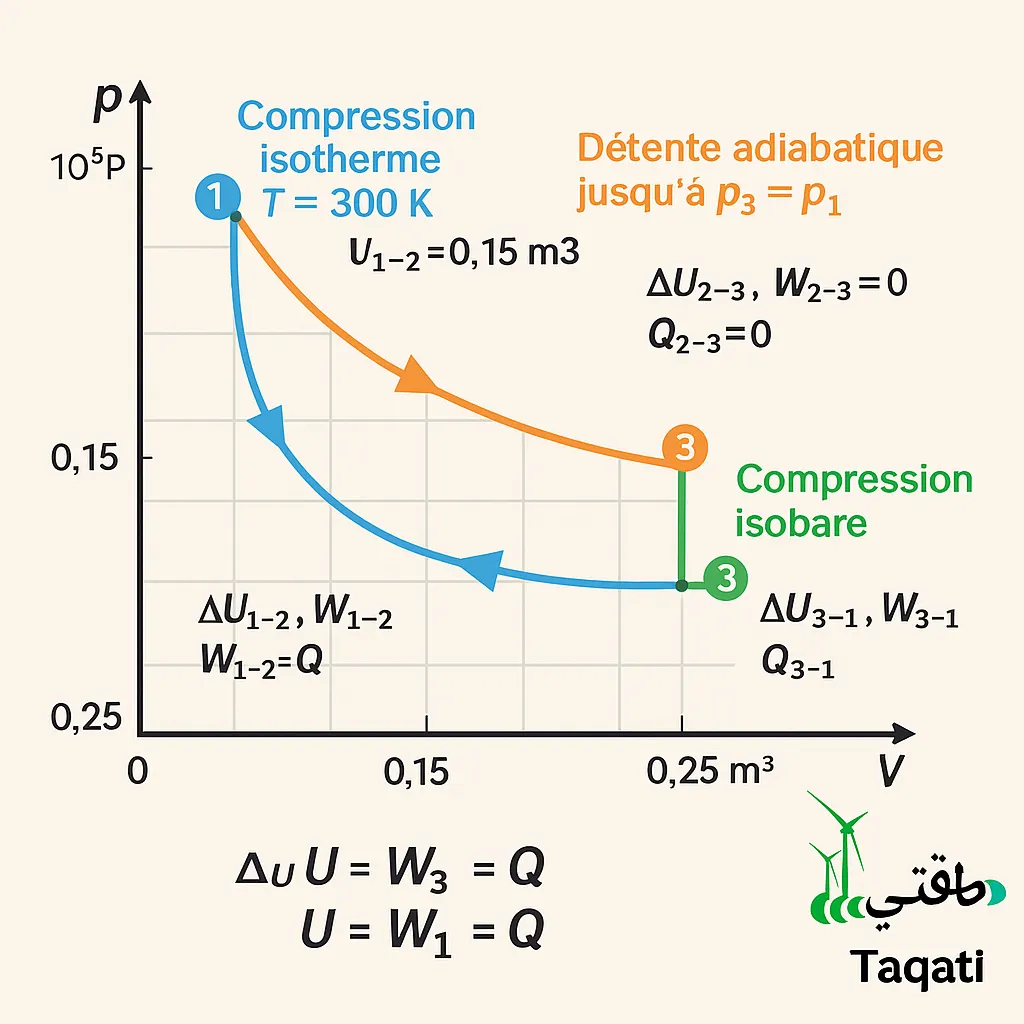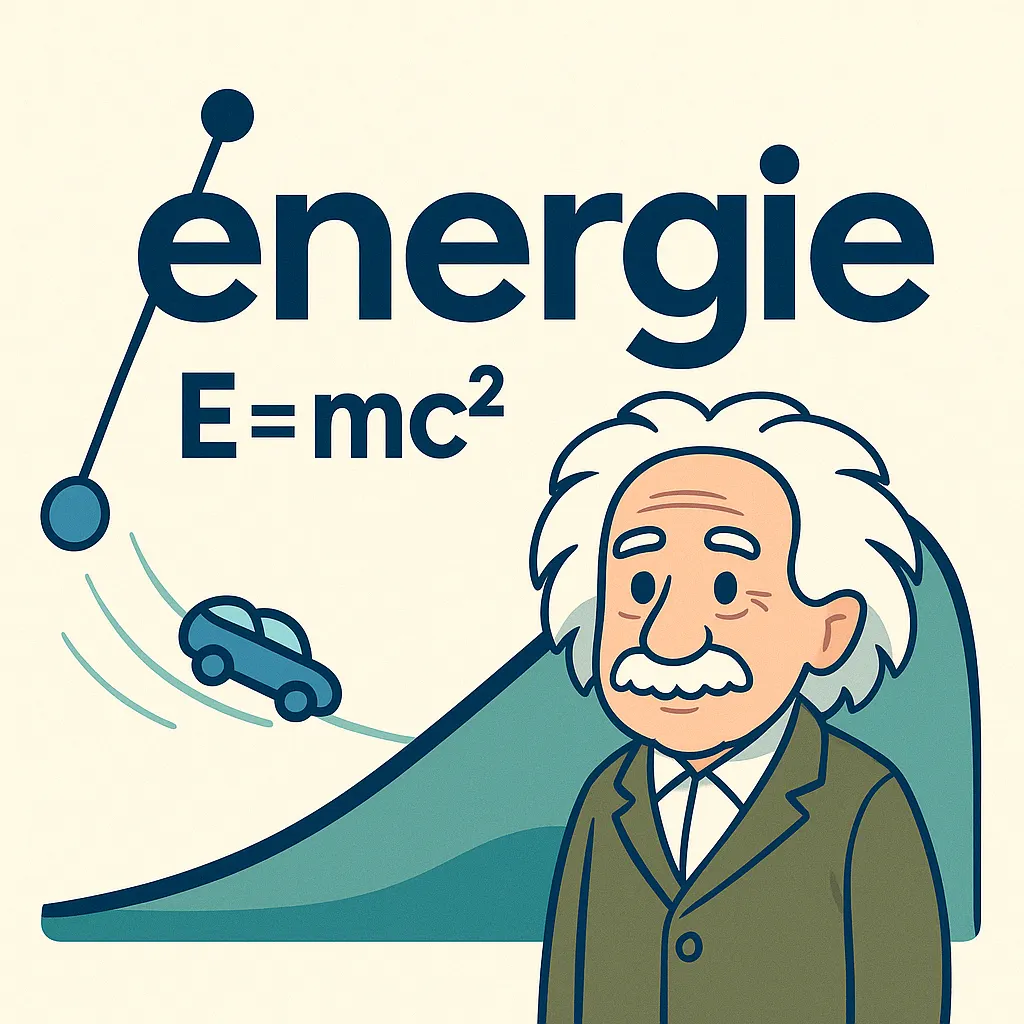Understanding the 17 Sustainable Development Goals
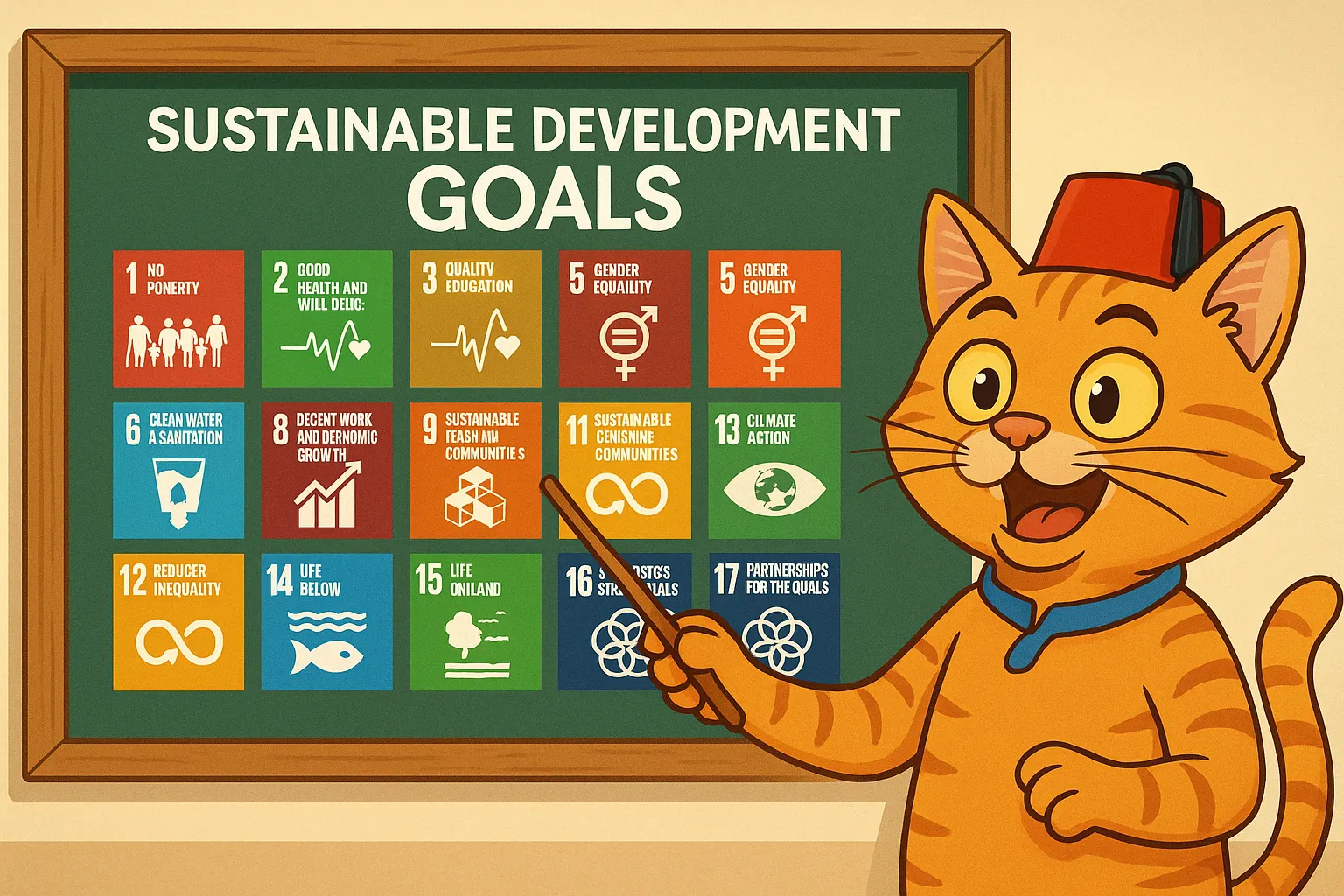
The 17 Sustainable Development Goals (SDGs), developed by the United Nations in 2015, provide a comprehensive roadmap for attaining a better and more sustainable future by 2030. These objectives address global issues, including poverty, inequality, environmental degradation, climate change, peace, and justice.
Table of Contents:
- Introduction to the 17 Sustainable Development Goals
- Goal 1: No poverty
- Goal 2: Zero Hunger
- Goal 3: Good Health and Well-being
- Goal 4: Quality Education
- Goal 5 : Gender Equality
- Goal 6: Clean water and sanitation
- Goal 7: Affordable and clean Energy
- Goal 8: Decent work and economic growth
- Goal 9: Industry, Innovation, Infrastructure
- Goal 10: Reduced Inequalities
- Goal 11: Sustainable cities and communities
- Goal 12: Responsible consumption and production
- Goal 13: Climate Action
- Goal 14: Life Below Water
- Goal 15: Life on Land
- Goal 16: Peace, Justice, and Strong Institutions
- Goal 17: Partnerships for the Goals
- Interlinkages and Synergies Among the SDGs
- Challenges and criticisms of the SDGs
- How individuals and communities can contribute
- Recommended Resources and Tools for SDG Education
- Conclusion: The Path Forward to 2030
Introduction to the 17 Sustainable Development Goals
The Sustainable Development Goals (SDGs) are interrelated goals to balance environmental, social, and economic sustainability. They want to guarantee that everyone has access to basic services, tackle the underlying causes of poverty, and advance environmental sustainability. Countries can cooperate to advance the world by incorporating these objectives into their national policies and plans.
Goal 1: No Poverty
One of the main objectives of the 2030 Agenda for Sustainable Development is to eradicate severe poverty for everyone, everywhere, by the year 2030.
Goal 2: Zero Hunger
By 2030, the second goal is to eradicate hunger worldwide. Since 2015, there has been a startling rise in the worldwide problem of hunger and food insecurity.
Goal 3: Good Health and Well-being
Promoting healthy lives, preventative measures, and contemporary, effective healthcare for all is the new global good health aim.
Goal 4: Quality Education
Make sure that all boys and girls receive free, fair, and high-quality primary and secondary education by 2030, with learning outcomes that are applicable and productive.
Goal 5: Gender Equality
One of Goal 5's objectives is to eradicate all forms of violence and discrimination against women and girls worldwide.
Goal 6: Clean Water and Sanitation
Goal 6: Make sure everyone has access to water and sanitary facilities. The most fundamental human need for health and well-being is access to clean water, sanitary facilities, and good hygiene.
Goal 7: Affordable and Clean Energy
Make sure everyone has access to modern, affordable, dependable, and sustainable energy. Renewable energy sources are getting increasingly affordable, dependable, and effective.
Goal 8: Decent Work and Economic Growth
Encourage full and productive employment, decent work for all, and steady, inclusive, and sustainable economic growth.
Goal 9: Industry, Innovation, and Infrastructure
Building robust infrastructure, encouraging sustainable industry, and stimulating innovation are the objectives of Goal 9.
UNEP - UN Environment Programme
Goal 10: Reduced Inequalities
Goal 10: Lessen inequality both domestically and internationally. Long-term social and economic progress is threatened by inequality, which also hinders efforts to reduce poverty and causes destruction.
Organisation des Nations Unies
Goal 11: Sustainable Cities and Communities
Goal 11: Create inclusive, secure, resilient, and sustainable cities and human settlements.
Goal 12: Responsible Consumption and Production
In order to maintain the standard of living for both present and future generations, Goal 12 focuses on making sure that patterns of production and consumption are sustainable.
Organisation des Nations Unies
Goal 13: Climate Action
In order to address climate change and its effects, Goal 13 demands immediate action. All 16 of the other Sustainable Development Goals in the 2030 Agenda are inextricably tied to it.
Organisation des Nations Unies
Goal 14: Life Below Water
To safeguard them, we must stop pollution and overfishing and begin managing and safeguarding all marine species worldwide right away. The Global Goals
Goal 15: Life on Land
Stop and reverse land degradation, stop biodiversity loss, fight desertification, and preserve, restore, and encourage sustainable use of terrestrial ecosystems.
Goal 16: Peace, Justice, and Strong Institutions
Encourage open and peaceful societies for long-term growth, ensure that everyone has access to justice, and create inclusive, accountable, and successful institutions at all levels.
Goal 17: Partnerships for the Goals
Reinvigorate the international collaboration for sustainable development and fortify the implementation tools.

Interlinkages and Synergies Among the SDGs
Because the SDGs are interrelated, advancements in one field frequently contribute to advancements in others. For instance, reaching improved health outcomes (Goal 3) and economic growth (Goal 8) can result from attaining high-quality education (Goal 4).
Challenges and Criticisms of the SDGs
Even while the SDGs offer a thorough framework, obstacles like a lack of political will, limited money, and inadequate data gathering might impede progress. Critics also point out that without specific implementation plans, some goals could be overly ambitious or broad.
How Individuals and Communities Can Contribute
- Educate Others and Yourself: The first step to changing the world is understanding the SDGs.
- Encourage Sustainable Practices: Make eco-friendly lifestyle choices, such as cutting back on trash and using less energy.
- Volunteer and Advocate: Take part in neighborhood initiatives and promote laws that support the SDGs.
- Support Ethical Businesses: Choose products and services from companies committed to sustainable practices.
Recommended Resources and Tools for SDG Education
- United Nations SDG Website: Comprehensive information on each goal and related initiatives.
- SDG Tracker: An Interactive platform to monitor progress on the goals globally.
- Educational Materials: Various organizations offer curricula and toolkits to teach the SDGs at different educational levels.
Conclusion: The Path Forward to 2030
A road map for building a more just, prosperous, and sustainable world is provided by the 17 Sustainable Development Goals. Governments, corporations, communities, and individuals must work together to accomplish these objectives. We can all benefit from a brighter future if we comprehend these goals and actively engage in initiatives to achieve them.
Support Our Mission at Ta9ati
If this post was useful to you and you think that education and sustainability are powerful, please consider buying
The Kiowin Sustainable Development Goals Poster (16x24 inches) on Amazon.
This vibrant and waterproof SDG wall chart is perfect for schools, offices, and classrooms. It helps spread awareness about the 17 Sustainable Development Goals while supporting our mission to keep creating high-quality, free educational content.
💚 Every purchase made through our affiliate link helps us continue sharing knowledge, promoting sustainable development, and empowering communities with tools and information.💚
Thank you for being part of the Ta9ati journey. Together, we’re building a greener, smarter future!
